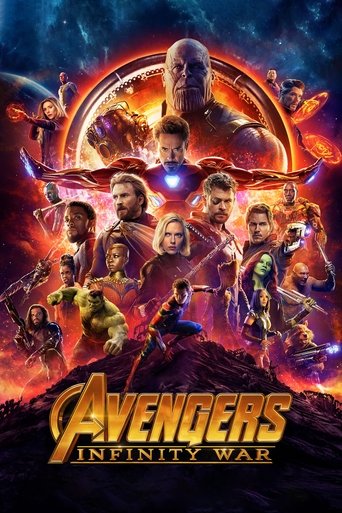Crash Course Computer Science - Season 1 Episode 33 Cryptography
Today we’re going to talk about how to keep information secret, and this isn’t a new goal. From as early as Julius Caesar’s Caesar cipher to Mary, Queen of Scots, encrypted messages to kill Queen Elizabeth in 1587, theres has long been a need to encrypt and decrypt private correspondence. This proved especially critical during World War II as Allan Turing and his team at Bletchley Park attempted to decrypt messages from Nazi Enigma machines, and this need has only grown as more and more information sensitive tasks are completed on our computers. So today, we’re going to walk you through some common encryption techniques such as the Advanced Encryption Standard (AES), Diffie-Hellman Key Exchange, and RSA which are employed to keep your information safe, private, and secure.
Year: 2017
Genre:
Country: United States of America
Studio: YouTube, PBS Digital Studios
Director:
Cast: Carrie Anne Philbin
Crew:
First Air Date: Feb 22, 2017
Last Air date: Dec 21, 2017
Season: 1 Season
Episode: 40 Episode
Runtime: 12 minutes
IMDb: 0.00/10 by 0.00 users
Popularity: 2.562
Language: English
Keyword :
Episode
Early Computing
Electronic Computing
Boolean Logic & Logic Gates
Representing Numbers and Letters with Binary
How Computers Calculate - the ALU
Registers and RAM
The Central Processing Unit (CPU)
Instructions & Programs
Advanced CPU Designs
Early Programming
The First Programming Languages
Programming Basics: Statements & Functions
Intro to Algorithms
Data Structures
Alan Turing
Software Engineering
Integrated Circuits & Moore’s Law
Operating Systems
Memory & Storage
Files & File Systems
Compression
Keyboards & Command Line Interfaces
Screens & 2D Graphics
The Cold War and Consumerism
The Personal Computer Revolution
Graphical User Interfaces
3D Graphics
Computer Networks
The Internet
The World Wide Web
Cybersecurity
Hackers & Cyber Attacks
Cryptography
Machine Learning & A.I.
Computer Vision
Natural Language Processing
Robots
Psychology of Computing
Educational Technology
The Future of Computing















